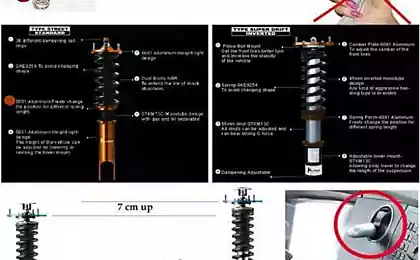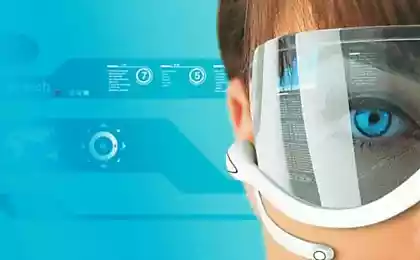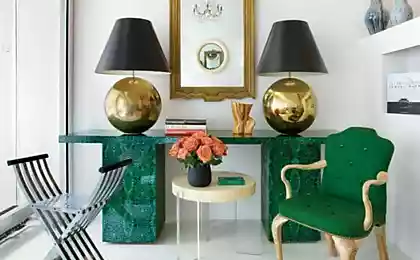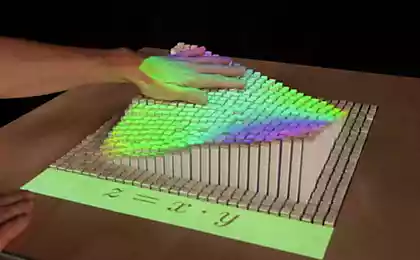535
Engineers have developed an alloy that changes color

Scientists at Oxford University have created an alloy that can change color when exposed to an electric current or laser.
Sheets of a unique alloy, with a thickness of several nanometers may be useful for fully transparent displays for wearable computing, Google Glass and smart contact lenses. Harish Bhaskaran and peyman Hosseini found that the alloy of germanium, antimony and tellurium at the expense of energy of an electric current or a laser beam has a different molecular structure from the amorphous phase to the highly ordered crystal lattice.
Bhaskaran says: "First we wanted to use the alloy GST for monochrome displays, but then found that the transparent material can reproduce all colors. The researchers placed a 7-nanometre fragments of alloy between layers of a transparent conductor oxide of tin and indium. The resulting "sandwich" can produce different shades, depending on the thickness and phase change.
For example, a sandwich, 70-nm thickness, switches from sky blue to dark blue, and 180-nanometer – bright pink to orange. Combining the right nanolayers is possible to make flexible ultra-thin displays in full color. GST and indium tin oxide can be applied directly to the surface of the glass, e.g., windshields and collimator indicators. At the same time, they do not require expensive metals that protect them from oxidation, as a transparent organic light-emitting diodes.
Source: nauka24news.ru/
A stash of Roman and barbaric coins that had lain untouched for more than 2000 years
A very dangerous strategy to reduce weight























